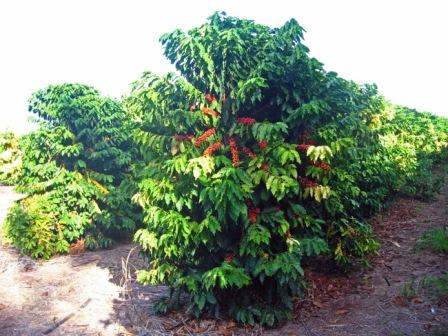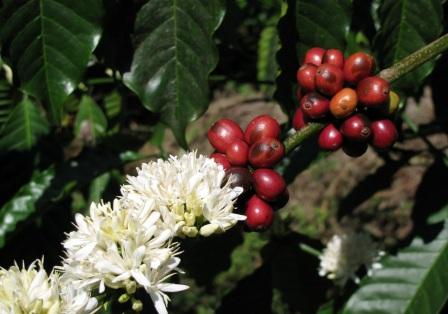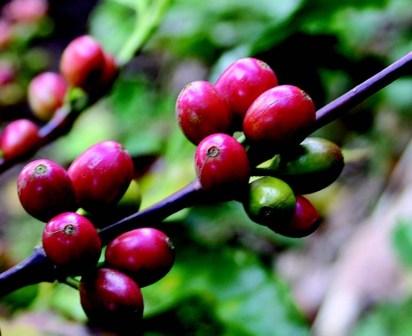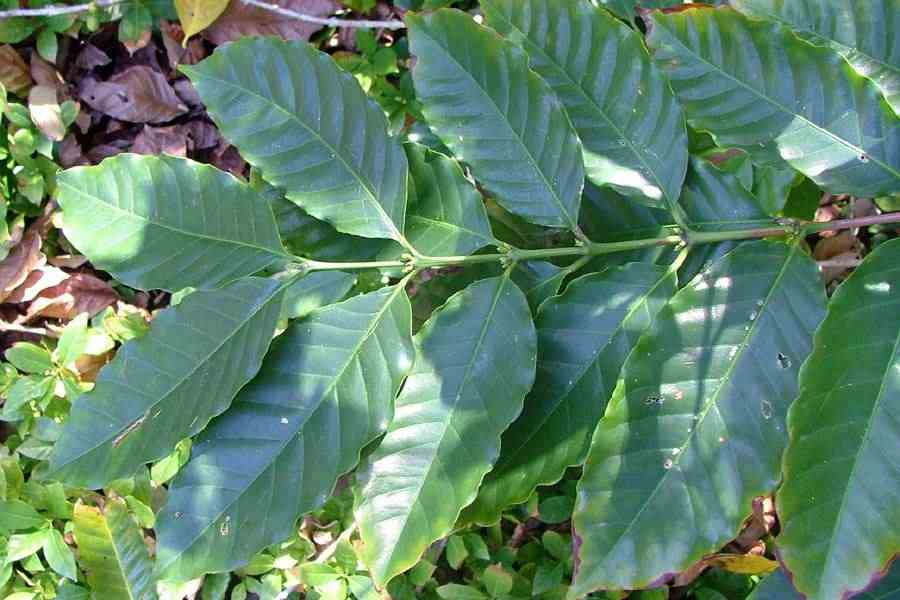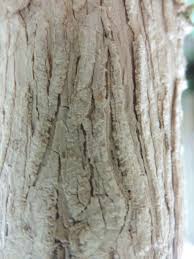Arabian coffee,Coffee tree
Coffea arabica
Description
General Information :
- It is a medium sized wild plant growing 12 ft tall.
- Leaves opposite, glossy green in color.
- Flowers are white in color.
- Seeds are contained in a drupe.
Distribution :
- Native to Ethiopia, Introduced in India and widely cultivated
Habitat : Humid Tropics
Soil : Soil should be deep, friable, open textured rich in plant nutrients with plenty of humus and of slightly acidic nature
Altitude :1300-3000 m(MSL)
Rainfall :1500-2000 mm
Temperature : 15-25° C
Terrain : Hilly
Tree Characteristics :
Habit : Evergreen tree
Planting Guidelines
Natural Regeneration :
Artificial Regeneration :
- Propagated by Nursery raised seedlings.
Seed collection and Storage :
- Ripe berries are harvested from specially identified plants for use as seed bearers.
- Berries are depulped and seeds are separated.
- The seed is then graded to remove all cut, triangular and elephant beans.
Seed Treatment :
- Seed are treated with Azospirillum and Phosphobacterium
- The seeds are treated with Agrosan or any Organomercurial compound to prevent fungal infection.
Nursery Technique :
- Seeds are sown in December – January
- Then they are covered with a thin layer of fine soil and a layer of paddy straw.
- Water the beds daily and protect from direct sunlight
- Seeds germinate in about 45 days after which they are transplanted to a poly bags
Plantation technique :
Preparation of field
- Selective felling may be done while retaining a number of desirable shade trees.
- Terracing should be done in deep slopy areas.
- After the summer showers, pits of 45 cm3 are dug at 1.25 - 2.5 m apart.
- The pits are left open for weathering and then filled and heaped for planting.
- At the time of filling, apply 500 g of rock phosphate per pit along with top soil.
- Planting is done along the contour in slopy areas.
Spacing :
Planting shade trees:
- Dadap is commonly used as a lower canopy shade.
- Two metre long stakes are planted for every two plants of coffee.
- Silver Oak and Dadaps are planted during onset of monsoon.
- Regulate shade by cutting criss-cross branches during monsoon season.
- Silver oak trees are planted for permanent shade.
Care & Disease Control :
- Weeding and mulching should be done as and when necessary.
- Digging is done to a depth of 30 cm towards the end of monsoon (October - November).
- The weeds and vegetative debris are completely turned under and buried in the soil while the stumps are removed.
- This is known as the cover digging.
- In slopy areas dig trenches on the contour 45 cm wide and 30 cm deep of any convenient length.
- Prune water shoots and disease affected shoots.
Recommended Harvest :
- Harvest starts during November and harvesting extends up to February.
Fly picking:
- Small scale picking of ripe berries during October to February
Main picking:
- Well formed and ripened berries are harvested during December. Bulks of the yields are obtained from this picking.
Stripping:
- Picking of all the berries left irrespective of ripening.
Yield :
- Approximately 900 to 1400 kg of coffee beans/ha.
Major uses :
- Coffee is widely used as a flavoring, as in ice cream, pastries, candies, and liqueurs.
- Wood is hard, dense, durable, takes a good polish, and is suitable for tables, chairs, and turnery.


